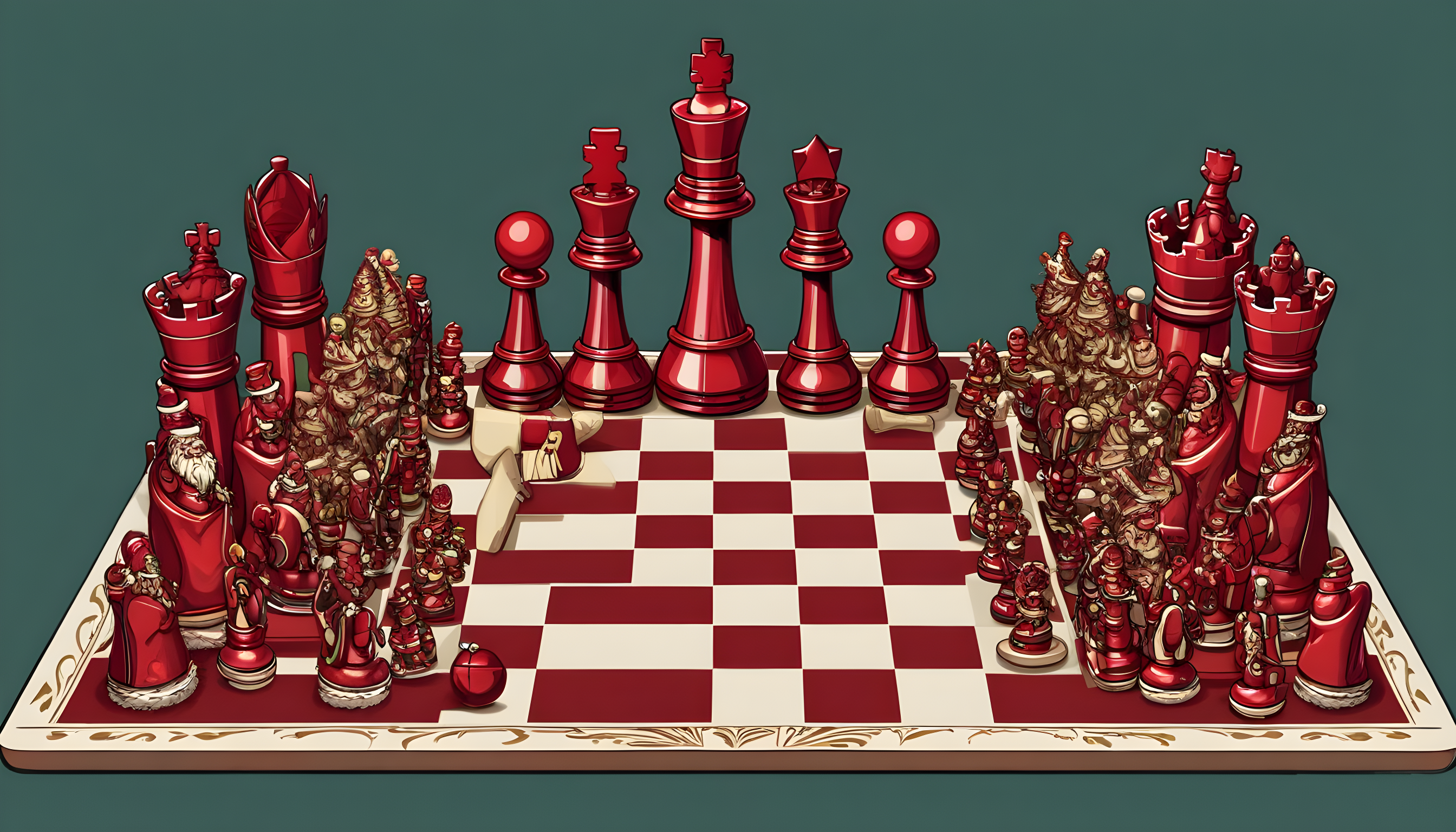Next Chess Move is a dynamic and educational chess platform that offers novice and seasoned players a comprehensive learning experience. Its user-friendly interface makes it easy for users to navigate the platform and begin playing chess.
Chess engine calculations are performed on dedicated hardware, resulting in faster and stronger moves than standard CPU-only engines. They examine all possible moves in a position and find the best replies, until they are cut off or their think time runs out.
1. e4 e5
Master this classical opening, developing a strong repertoire that offers the ideal platform for dynamic play. Navigate opening theory with confidence, understanding key variations and strategic concepts. Avoid traps and pitfalls, gaining the ability to plan several moves ahead and take control of the game strategically.
Learn a wide range of King’s Pawn Games, from solid opening theory to wild gambits. Explore the various lines through trial and error to find what suits your playing style. You will also develop your middlegame tactics and learn some endgame theory.
2. d4 d5
There are many chess openings after 1.d4 d5. Typical are the Catalan and the Semi-Slav. But systems without c4 tend to be less dynamic and allow Black to equalize quite comfortably.
Correspondence Chess Master Nikolaos Ntirlis, rated 2345 by the FIDE, has written a top-class repertoire for Black, in which the Queen’s Gambit Declined is the cornerstone. Published by Quality Chess, this book is a must for anyone who plays this opening. It contains a collection of the best ideas from the past hundred years. A classic!
3. c4 c5
This is a good idea because it prevents black from recapturating on d5 and also gets white an important center pawn. A bad alternative is 1…d5?! which allows white to kick the queen away while developing a piece.
This is similar to the bad but playable Sicilian Wing Gambit. Marin prefers transposing to g3 KingsIndian though because it has better chances for an advantage. White should be careful not to get caught in the symmetrical traps of the English Opening though. He should try to avoid bringing out his knights too early.
4. dxe4 dxe4
The dxe4 pawn sacrifice allows black to develop comfortably, but also puts him in a weak position. To combat this he should consider a move like Qxd1+ (where ‘Q’ is the queen and ‘x’ is the square on which she captures).
This gambit was introduced by Emil Josef Diemer, but other lines are possible for Black. One is 4…Nf6 5.f3 which can lead to a Ryder Gambit or the Halosar Trap. See Topalov-Anand, JUL01/07.)
5. cxd4 cxd4
With this move Black prepares the fianchetto of their bishop to g7 and attacks the pawn on d4. White can seize control of a central square with c2-c4 and a knight on b3 could help defend the king after queenside castling.
This gambit transposes to the Smith Morra Gambit and Black can usually play 3…Nc6 and avoid the risk of the dangerous gambit 4. Qxd4. White’s central pawn is backward on a half-open file and Black can develop their knight to f6. White can take back with 3. c3 but this is not good enough to win.
6. cxd4 cxd4
Black captures White’s d-pawn with cxd4 to reduce White’s central control. If White tries to take back with Bxd6 he risks losing the queen skewer (stockfish says it’s like -6).
This move also prepares Black for fianchettoing his bishop to g7 and attacking the knight on d4. Black often follows up with c2-c4 intending to castle queenside.
In some cases this gambit transposes to the Smith Morra Gambit. Black will then obtain a slight advantage in the center. The position is a bit unbalanced but still playable.
7. cxd4 cxd4
This move reduces White’s control of the centre by capturing their d-pawn and blocking their knight on d3. Stockfish says Black is better here.
This move prepares Black’s fianchetto of the dark-squared bishop to g7 and their attack on the White knight on d4. It also avoids transposing into the Open Sicilian or Rossolimo variation. It also opens the c-file which Black would like to use to obtain counterplay. Black could even play Nc6 here. But that would lead to an Alapin. Not very promising. Hence this move is preferred.
8. cxd4 cxd4
Named after the Kazakh GM Boris Katalymov, it aims to meet 3.d4 by playing 4…a6, preventing Nb5 and preparing an eventual…b5. This prevents White from defending c3 and makes Black’s a3-knight more dangerous.
The alternative is 2…Nc6, which defers development of the king’s bishop and keeps options open for Black. This variation can later transpose to the Najdorf, Dragon, Classical or Scheveningen variations. It can also give rise to an anti-Sicilian line, the Prins Variation. The more common moves are 5…Nf6, which transposes to the Najdorf; 5…g6, which gives way to the Accelerated Dragon; or 6…e5, which transposes to the Scheveningen.
9. cxd4 cxd4
White can resign here rather than play Bd7 (which would allow Black to queen his pawn on e5), as the king is well defended. The bishop can also be used to guard d4 and prevent the c5-pawn from coming out.
Sveshnikov’s innovation was to control c4, and he threatened…b5 forking White’s knights. This gave him a winning endgame with two pawns up.
But 5 cxd4? is retarded, because of 5…d6, and giving up the light-squared bishop is a funeral for White. Better is 5.Nf3. This is a solid move that makes Black’s pawn advance more difficult.
10. cxd4 cxd4
With this move Black reduces White’s control of the centre by capturing their d-pawn. This prevents White from advancing their f-pawn to c3 where it would aid in their kingside attack.
Black is also preparing to fianchetto their bishop to g7 and kingside castling. White may wish to re-capture with 4. c3 but this opens up the Smith Morra Gambit and is not ideal. Instead, Black often prefers to transpose into the Open Sicilian with 3. c3.




